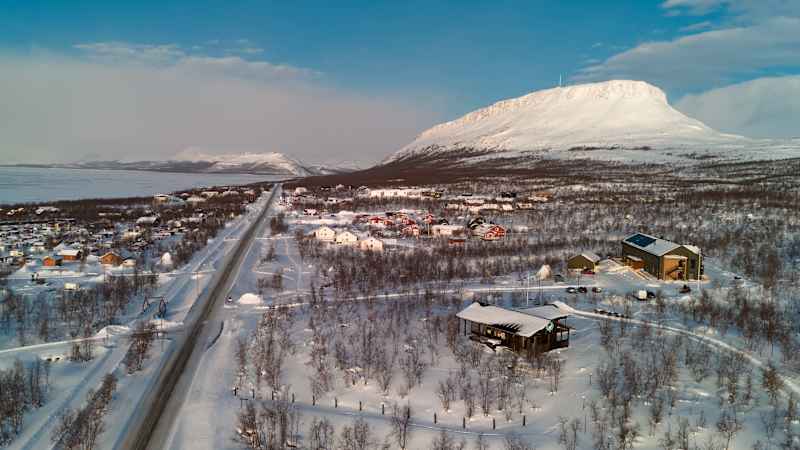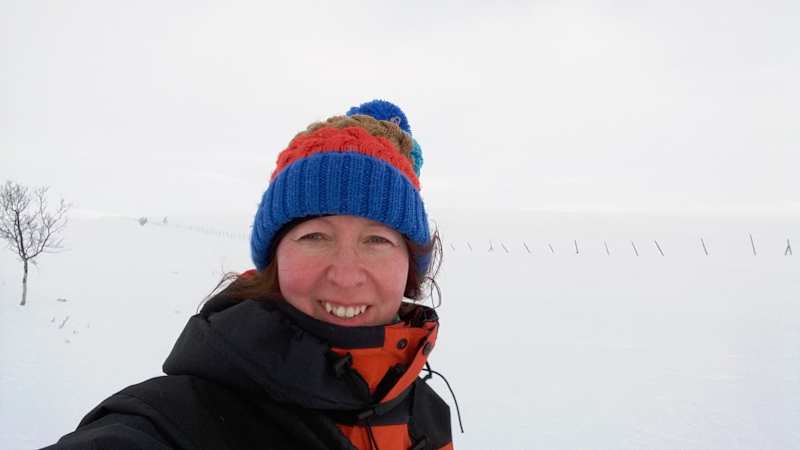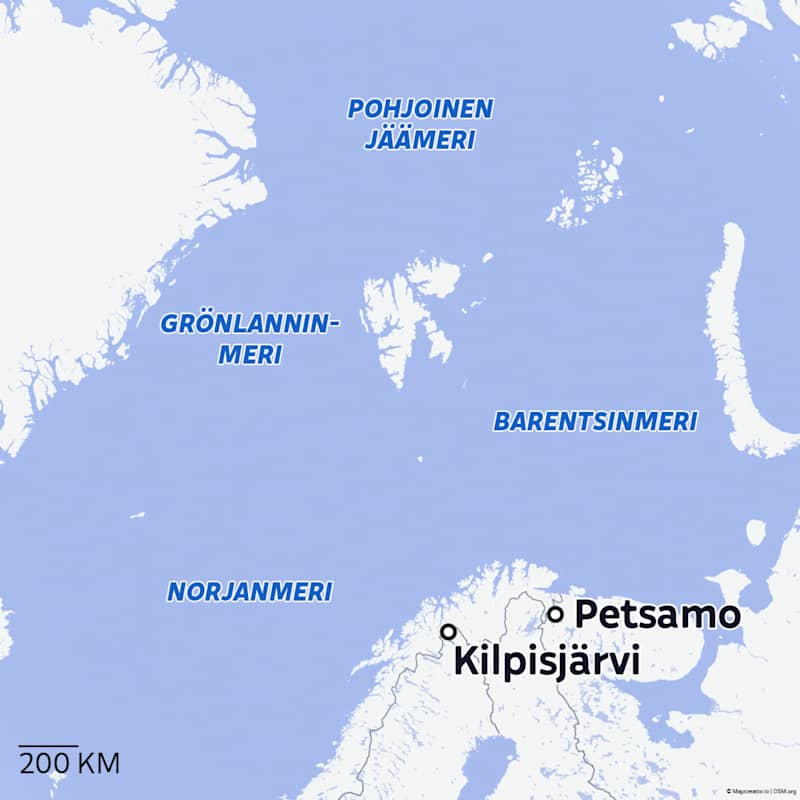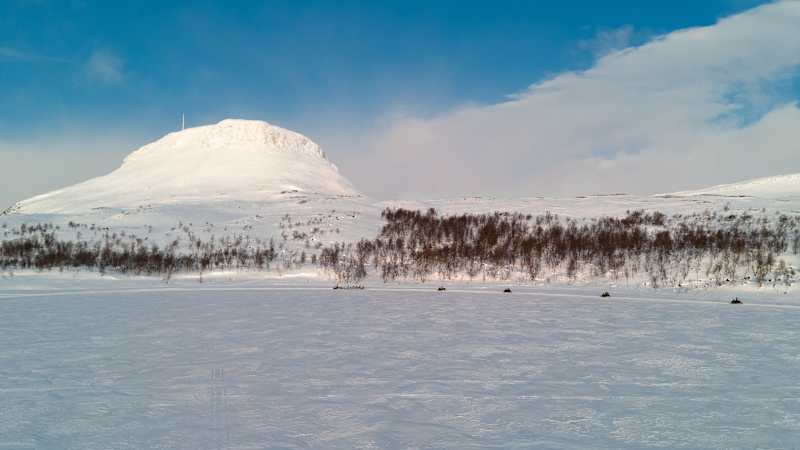In the northernmost corner of Finland, there is a village that was founded because you can get beautiful pictures around it

According to researcher Elina Hutton, Lake Kilpis became a tourist destination because the state wanted it to be. Tourism has been used a lot in history as a political tool, but little research has been done on it.
The scenery is spectacular from the top of the Saana mountain in Kilpisjärvi. To the west are the great mountains of Norway and Sweden, which are captured on the mobile phone cameras of thousands of tourists every year.
– Even the walkways and plazas are built to turn the tourist’s gaze westwards,” says Hutton.
In a way, the whole village of Kilpisjärvi exists because of the beautiful pictures of its surroundings – and because it is far enough away from Russia.
– After the Second World War, they wanted to make a nest separation to the east and direct the eyes of Finns to the west. It was decided that it is a good way to strengthen the relationship with the other Nordic countries, says Hutton.
Soviet Russia stole the national landscape
According to Hutton, the story of Kilpisjärvi can actually begin with the other arm of Suomi-maiden, Petsamo. When Soviet Russia handed over Petsamo to Finland in the peace of Tartu, Finland. According to Hutton, it was decided to do it with the help of tourism.
The Finnish Tourism Association built a hotel in Petsamo and started organizing bus trips to the area.
– In advertising campaigns paid for by the state, Petsamo’s fells, fjords and the nearby Arctic Ocean were marketed as a national landscape.
When the road to the north was repaired, it was also advertised to foreign tourists as \”the world’s only road leading to the Arctic Ocean, it also struck a chord with artists and writers. The area became one of the most popular tourist destinations in Finland – alongside Terijoki, Valamo, Suursaari and Aulango.
Tourism grew until World War II broke out. Finland lost Petsamo, which had been elevated to a national landscape. Something else had to be found in its place – preferably as far as possible from the eastern border.
The national feeling of the Finns was to be awakened now by looking to the west, not to the Arctic Ocean.
The eye turned to the remaining arm of Kilpisjärvi.

The village was positioned so that Saana became the centre of the landscape
According to Hutton, the replacement for Petsamo was wanted to be created in Kilpisjärvi, even though tourist hotels could have been found ready in other parts of Lapland, such as Heta and Pallas. In the middle of the wilderness in Kilpisjärvi there was only a small state camping lodge, so the first thing to do was to build a hotel there, just like in Petsamo.
– Before the wars, there wasn’t even a road to Kilpisjärvi. The road there was only built during the wars, says Hutton.
A village was created around the hotel. Even the center of the village was placed so that Saana became the center of its landscape. According to Hutton’s dissertation material, this was all done deliberately and for the sake of tourism.
– We started talking about how every Finn had to see this particular fell.
Some of Petsamo’s tourism marketing material and slogans were transferred directly to marketing Kilpisjärvi.
– It was a time when there wasn’t quite so much smoke, where exactly the pictures were taken. Petsamo was advertised in the Arctic Ocean. Now they started talking about a new Jäämerentie, even though the Kilpisjärventie doesn’t even go to the Arctic Ocean.

According to Elina Hutton, the rhetoric of building national identity from 80 years ago is also repeated in today’s social media posts.
– You see a lot of publications that say that all Finns should visit Kilpisjärvi and Saana.
Hutton went through thousands of Kilpisjärvi-related Instagram posts for his dissertation. For example, more than half of the photos taken from the top of Saana were taken towards the great fells of Norway and Sweden and Malla.
One reason is that the entire route to Saana and the viewing platforms are built so that we look west. Still still.
– After all, the scenery in that direction is beautiful, but the scenery in the other direction to the Käsivarre’s large hills or the riverside are quite beautiful.

